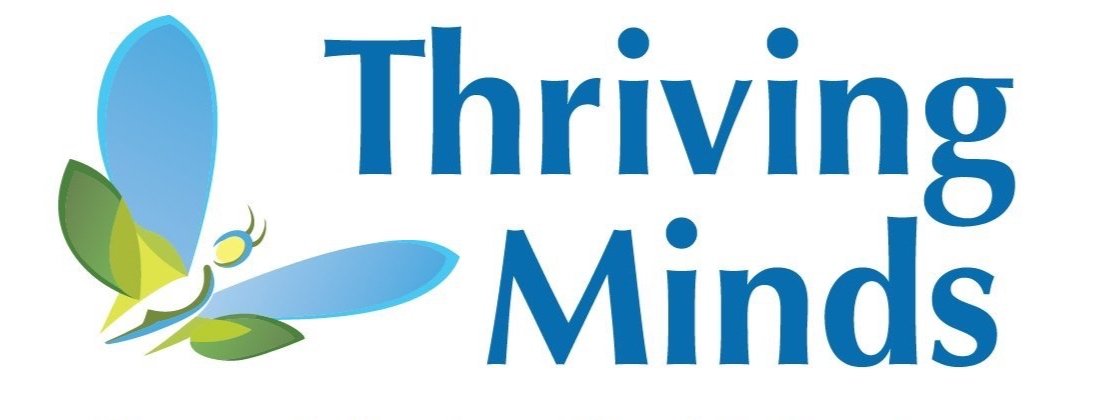Selective Mutism in Teenagers
Selective mutism can present in younger children as well as older children and teenagers. Though treatment approaches and underlying principles are similar despite age, there are several modifications and additions that can be made in the treatment of teens that may yield a greater likelihood for positive outcomes. This article further explores those differences to provide clarity regarding treating selective mutism in teens.
Firstly, it is important to note that the more times a behavior is reinforced, the more difficult it may be to create a new learning pathway. Since many teens with selective mutism have presented with symptoms for years, the act of not speaking in feared settings and with feared individuals is often deeply engrained. Due to this longevity of symptoms, it is often especially difficult for them to navigate the social world and break the anxiety cycle. As individuals age, speech demands become more prevalent and more expected. For example, responsibilities associated with attending class (e.g., presenting) or looking for a job may be daunting for teens with selective mutism, which may in turn lead to continued avoidance of speaking. As such, while selective mutism can certainly be treated in the teen years, it is beneficial to get a child assessed as soon as there are yellow or red flags rather than taking the “wait and see” approach.
One big consideration in approaching teens as opposed to younger children with selective mutism is your tone of voice. Many of us are familiar with “baby talk” with younger children, which may be used when praising a child for completing a brave practice, for example. However, we are likely also familiar with teens and their potential to dislike this manner of language—especially coming from an adult, which may feel belittling. That being said, teens still need to be praised and encouraged to speak. Hence, it is recommended to offer both validation and encouragement in an age-appropriate manner (e.g., “It seems like this is really difficult for you. It’s awesome to see you doing hard things in the face of this challenge.”). Validation is important in helping a teen feel understood for their internal experience, whereas encouragement demonstrates that you believe in their ability to complete a hard task.
The types of exposures completed by an individual with selective mutism also depend on age. For teens, it is key to focus on natural exposures that make sense with their own goals and environment. Depending on their interests, ideas for exposures could include activities such as ordering from a drive-thru, answering which video game they’d like to purchase at the store, and working towards potentially more difficult exposures such as asking a teacher a question in front of the class.
There are several other considerations in treating teens with selective mutism. Educating the teen’s friends may be beneficial, in that much like family members may be providing accommodations that ultimately reinforce anxiety (e.g., speaking for the teen when they are asked a question), friends, too, may be rescuing the teen. Hence, addressing this may be important in order to make treatment gains. Rewards should also be age-appropriate and motivating for the teen, which differs from the type of rewards younger children may like (e.g., earning stickers on a chart). For teens, both tangible rewards such as earning money towards a larger prize, as well as privilege-based rewards such as earning screen time or getting to sleep in, are relevant. Rewards can also be built into the exposures themselves (e.g., answering a question about which video game they’d like to purchase leading to receiving that game).
In conclusion, there are unique considerations in the treatment of selective mutism in teenagers. For professional support, Thriving Minds offers specialized services in Brighton, Chelsea, Livonia, and Grand Rapids. We look forward to hearing from you.

